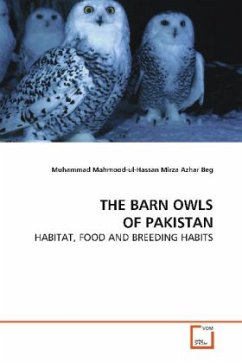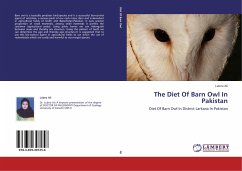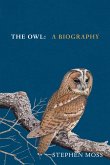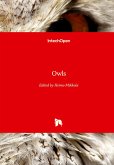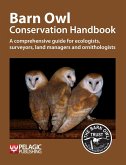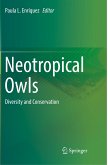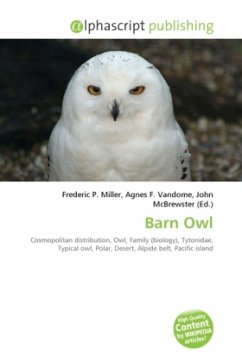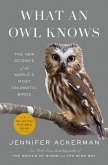We studied the feeding and breeding ecology of the
barn owl (Tyto alba setertens) in the agroecosystems
of eight districts of Pakistan. The owl nested away
from the human habitation and depended mainly on old
trees which were often located within the premises
of Canal Rest Houses. The analysis of the 2360
regurgitated pelleted revealed that the house shrew
(suncus murinus) dominated all diet samples (65.5%)
in Punajb. The rats and mice (28%), birds (4.2%),
and bats (2.0%) were also consumed in central
Punjab. shrews (59%), birds(19%), rats and mice
(13%) and insects (7%) were the main prey in
southern Punjab, whereas rats and mice (93%), shrews
(4%), amphibians and reptiles (3%) were the main
prey in southeastern Baluchistan. The house shrew
was the most common item in winter (78%) and was
consumed the least during summer (27%). Egg-laying
was observed between second week of August and
October (n = 23) with a smaller number of nests (n =
5) recoreded in May-July. The mean clutch size
averaged 5.83 eggs (SE = 0.47; range 1-12; N = 23)
and brood size averaged 4.15 nestlings (SE = 0.28;
range = 2-5; N = 20)
barn owl (Tyto alba setertens) in the agroecosystems
of eight districts of Pakistan. The owl nested away
from the human habitation and depended mainly on old
trees which were often located within the premises
of Canal Rest Houses. The analysis of the 2360
regurgitated pelleted revealed that the house shrew
(suncus murinus) dominated all diet samples (65.5%)
in Punajb. The rats and mice (28%), birds (4.2%),
and bats (2.0%) were also consumed in central
Punjab. shrews (59%), birds(19%), rats and mice
(13%) and insects (7%) were the main prey in
southern Punjab, whereas rats and mice (93%), shrews
(4%), amphibians and reptiles (3%) were the main
prey in southeastern Baluchistan. The house shrew
was the most common item in winter (78%) and was
consumed the least during summer (27%). Egg-laying
was observed between second week of August and
October (n = 23) with a smaller number of nests (n =
5) recoreded in May-July. The mean clutch size
averaged 5.83 eggs (SE = 0.47; range 1-12; N = 23)
and brood size averaged 4.15 nestlings (SE = 0.28;
range = 2-5; N = 20)

